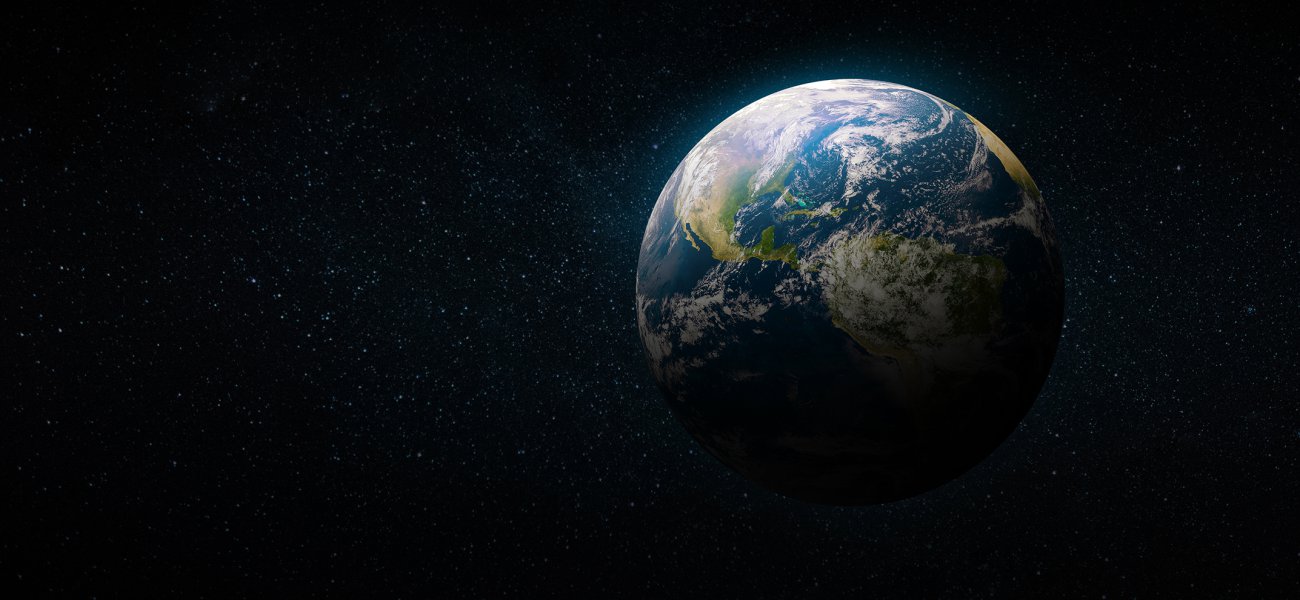Funding within the ‘Use of space infrastructure for Earth Observation and Planetary Research (GO)’ call is distributed among 15 research projects. The researchers will make substantial use of space infrastructure for their projects and will, among other things, conduct research on CO and CO2 emissions from forest and wildfires and volcanism on Mars.
Various national and international space organisations and institutes have launched and maintain the infrastructure in space. This space infrastructure and the data and signals it produces are available to scientific (and other) users. In the context of the space policy of the Ministry of Education, Culture and Science (OCW), NWO in collaboration with Netherlands Space Office wants to encourage the use of this infrastructure by Dutch researchers for the benefit of science and society.
Within this objective, the GO programme was open for scientific research in the area of two themes: Earth observation and planets (and other objects) within our solar system. The evaluation committee assessed 31 Earth observation and 7 planetary research applications in this round.
Awarded projects Planetary research
The summaries of the granted projects, in alphabetical order of the main applicant:
Defining the role of sublimation-driven mass-wasting on extra-terrestrial bodies
Dr. T. de Haas (Utrecht University)
Landforms on rocky solar system bodies may be similar in appearance to those on Earth, but may in fact be caused by disparate and so-far unknown processes with major implications for identifying volatiles in the solar system. We propose an ambitious and novel combination of satellite image interpretation and laboratory simulations in a low-pressure and temperature chamber to for the first time define the role of sublimating ices in mass wasting across the Solar System. Results may force us to rethink the origin of a myriad of extra-terrestrial landforms and improve planning of future Solar System observations and exploration.
Revealing the interiors of the giant planets
Dr. Y. Miguel (Leiden University)
Below their thick clouds, Jupiter and Saturn safeguard key information to understand the solar system formation history. In this project, the scientists will develop accurate physical models to properly interpret the Cassini and Juno mission’s data to unveil the secrets hidden in the interiors of our solar system’s giants.
Gravity Reveals Dynamic Support of Martian Volcanoes
Dr. ir. B.C. Root (TU Delft)
The largest volcanic complex known to man is located on Mars: Tharsis Rise. For decades, satellites have been trying to determine how these volcanoes have arisen and/or could exist at all. Large-scale mantle flow can be responsible for upholding these large structures and explain recent magma flows observed on the surface of Mars. These magma flows have shaped both the surface and the gravity field of the Red planet. Analysing five decades of orbiting satellites gravity measurements, we hope to find in their tiny changes the signature of planet-wide magma flow and thereby determine whether Mars is still volcanically active.
Metal incorporation into carbonates to investigate early Earth and Mars conditions
Dr. M. Sánchez-Román (VU Amsterdam)
Sediments found on Mars and in the earliest supracrustal rocks of Earth are similar in that they commonly contain carbonate. Trace metal concentrations and stable isotope compositions of carbonates may hold valuable information on the biogeochemical controls of carbonate precipitation. Experimental determination of partition coefficients and isotope fractionation factors of metal incorporation in carbonate minerals has therefore great potential. This project aims deciphering the processes involved in the formation of carbonates by laboratory precipitation experiments under anaerobic and aerobic conditions, with and without microorganisms. Validated experimental data will be used to disentangle the origin of Archean and Martian carbonate.
Where Jupiter’s volcano moon get its heat?
Dr. ir. W. van der Wal (TU Delft)
Jupiter’s moon Io is the most active body in the solar system. Telescopes show enormous volcanoes and eruptions on the surface, but its interior is a mystery. This project will bring together observations of temperature variations on Io with computer models for simulating heat generation inside Io. With the temperature map and the model predictions the researchers will show how heat is produced from tidal forces and spread in Io, and how this can drive volcanism. This will help understand how planets and moons in other solar systems heat up and become potentially habitable.
Source: NWO

